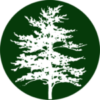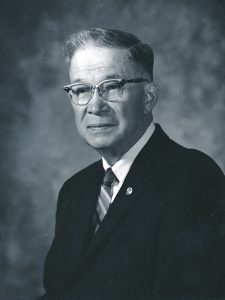“Conservation is not a term that is understood well enough by most people. It should be called resource education…Development of the right attitude is more important than laws and law enforcement in the promotion of conservation of our natural resources.” -Fred Schmeeckle
Fred Schmeeckle was a pioneer in conservation education. As the “father of the Stevens Point State University Conservation Program,” he left an indelible mark on natural resources conservation and management nationwide.
Raised on a farm in Nebraska, Schmeeckle was appointed in 1923 to teach agriculture and science at what is now the University of Wisconsin-Stevens Point. He felt the curriculum lacked an important conservation focus. In the early 1930s, he began developing coursework in forest and soil depletion. Schmeeckle helped persuade the state Legislature in 1936 to require that conservation be taught in Wisconsin’s public schools.
In 1946, Schmeeckle created the Department of Conservation Education at UW-Stevens Point, the first program of its kind in the nation. He headed the department and continued to teach conservation education until 1959, developing the largest and one of the finest undergraduate natural resources management programs in the country.
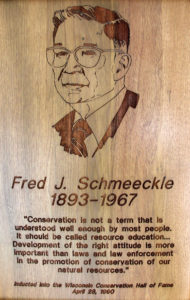 Schmeeckle advocated for an integrated approach to conservation. Problems of soil, water, wildlife and trees must be addressed concurrently, he argued, to preserve environmental balance. He encouraged his students to experience resource management first-hand. He and another professor floated a loan so the university could buy its first bus for field trips. Occasionally, they toured the University of Wisconsin arboretum in Madison. Their guide was a professor named Aldo Leopold. He took his classes on walks and bird-watching expeditions in the natural area north of campus. Nearly 20 years later, this woodland reserve, which has grown to 280 aces, was named Schmeeckle Reserve. It is home to the Wisconsin Conservation Hall of Fame.
Schmeeckle advocated for an integrated approach to conservation. Problems of soil, water, wildlife and trees must be addressed concurrently, he argued, to preserve environmental balance. He encouraged his students to experience resource management first-hand. He and another professor floated a loan so the university could buy its first bus for field trips. Occasionally, they toured the University of Wisconsin arboretum in Madison. Their guide was a professor named Aldo Leopold. He took his classes on walks and bird-watching expeditions in the natural area north of campus. Nearly 20 years later, this woodland reserve, which has grown to 280 aces, was named Schmeeckle Reserve. It is home to the Wisconsin Conservation Hall of Fame.
His visionary approach to conservation education extended beyond the university. Schmeeckle supervised the establishment of the Boston School Forest in southern Portage County in 1937. He led workshops at Trees for Tomorrow in Eagle River before and after retirement. The Portage County park system was largely developed under Schmeeckle’s leadership. He was the first chair and a long-time member of the county Parks Board, creating DuBay, Lake Emily and Collins Lake parks.
Schmeeckle became active early in his life in the Izaak Walton League. He sold sound conservation attitudes to a public that had little awareness of an impending ecological crisis. He taught by leading an exemplary life of practicing the conservation he preached.
Resources
Fred Schmeeckle Legislative Citation
Fred Schmeeckle’s legacy at Schmeeckle Reserve
Fred Schmeeckle in mural among Steven Point’s 10 most influential citizens
Environmental Pioneer led UWSP to fame, 1994
Imaginary Message from Fred Schmeeckle Celebrating UW-Stevens Point’s 100th Anniversary, 1994
Newspaper articles noting Fred Schmeeckle
Dedication of Schmeeckle Interpretive Forest Trail at Trees for Tomorrow, 1984
A UWSP Tradition, article in Stevens Point Daily Journal, 1974
News Release about Fred Schmeeckle, 1971
Fred Schmeeckle letter to James Albertson, 1966
Faculty Spotlight, in The Pointer, 1956
Conservation in the Schools, article by Arthur W. Jorgensen for Wisconsin Conservation Bulletin, 1956
Summer Conservation Workshop Scheduled, article about Schmeeckle in Wisconsin Conservation Bulletin, 1957
Rahr Fund Extends Conservation Education, article in Wisconsin Conservation Bulletin (photo includes Fred Schmeeckle; Guido Rahr is a WCHF Inductee)
Camp Called Aid to Conservation, 1952
Conservation Students Travel in Unique Bus, Wisconsin Conservation Bulletin, 1950
The Teachers’ Conservation Guide, article by F. J. Schmeeckle in Wisconsin Conservation Bulletin, 1949
Photos
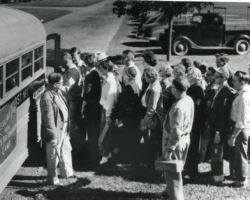

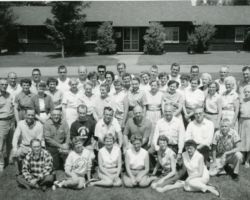
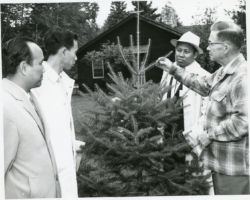
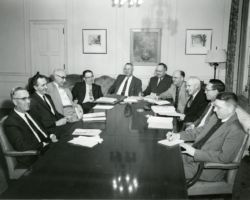
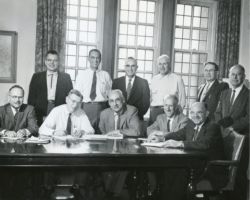
These images may be used under the Creative Commons Attribution-NonCommercial-NoDerivatives 4.0 International License.
